Strategic Planning Software
Strategic Planning Software
8 Common Strategic Planning Mistakes Which Can Be Avoided with the Right Software
If you are still wondering why it is important to make use of the correct strategic planning software, then consider the findings that show that the majority of strategy plans are never successfully executed. What is even more frightening is the fact that many companies don’t even make it past their first five years.
The modern business world changes quickly. There is no certainty that markets will remain the same or only change slightly in five years. Planning must be done to compensate, and to make provision for the possibility of markets moving in another direction.
Some of the common strategic planning mistakes that companies make are briefly discussed below. Using the right strategic planning software can help to avoid many of the fatal planning mistakes.
1. No Integration
Writing down the plan is just one part of the process. If the strategy is not aligned with the plans of the organisation, including the operational and personnel plans, then implementation will fail.
2. Thinking in the Box
With society comes the inevitable copying factor. Others have done something successful, and doing the same as them will mean success, or will it? Innovative thinking is essential to developing a distinctive competitive edge. Copying or just following the same old route means being average. This, in turn, leads to stagnation and eventually disappearing into the crowd.
3. Basing Future Limitations on Current Situations
The current situation will not stay the same. If there are current limitations, it doesn’t mean that those limitations will still be there in a year or two. The people of the company and the plans for operation are the drivers for essential change to overcome limitations.
4. Planning without Key Stakeholder Involvement
People resist change if they are not part of the driving force. They support change and plans in which they have been participants. Key stakeholders and employees must be active participants in the strategic planning. Only then will they see the advantages and support the plans. Stakeholders include everyone from the vendors to the suppliers, business partners and shareholders.
5. Many Strategic Goals – Little Time
There is an old African saying that goes something along the lines of “you cannot climb two trees at the same time”. Choose the most important goals and align everything else. These goals must be achievable. Realistic planning is far better than building castles in the air. If the goals are not reachable, you waste resources. If there are too many strategic goals, resources will be spread too thinly and success will stay a far-off dream in the sky.
6. Flying Blind
Having up-to-date and relevant data at hand gives you a factual basis to work from. If you have no data to work with, how can you make predictions, plan for change or keep on course? For this, it is essential to use strategic planning software that will enable you to work with data from multiple sources, get a historical overview, identify possible outcomes, and have facts to base decision making on.
7. Planning Timeframe is Unrealistic
The immediate thought is that the timeframe may be too short. However, many timeframes are too long. Note that the organisation’s overall strategy doesn’t change over a short period. But, when it comes to strategic plans, it is essential to understand that priorities must be set. This means that specific objectives must be reached in a timely manner. For this, you also need to revisit plans regularly and change accordingly to keep up with changes in the environment. It is better to have a one-year rolling operational plan that is updated regularly, than work with just an annual plan. Waiting a few months before changing direction or taking action can mean the closure of your business.
8. Not Measuring Performance
Metrics must be in place to measure progress towards the realisation of strategic plans. For this, you need business performance management tools to measure the right key performance indicators (KPIs), ensuring that performance is in line with the strategy.
What is the Solution?
Work with strategic planning software that enables you to track changes, work with updated data, involve all key stakeholders in the planning, set deliverable goals and measure performance.
View our range of solutions and call us for demonstrations or more information.


